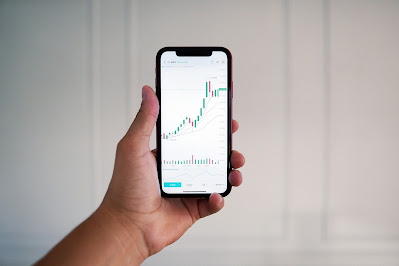The above charts show the trends/data from the last 90 days. Automatically Updated Daily!
Sunday, February 6, 2022
Interest in Amazon
The above charts show the trends/data from the last 90 days. Automatically Updated Daily!
Interest in Facebook (Meta)
The above charts show the trends/data from the last 90 days. Automatically Updated Daily!
Saturday, February 5, 2022
Classification of Data Science Problems - A perspective

Start with at least the knowledge of broad categories of Data Science Problems. No, I'm not talking about the much hyped ML/AI discipline. Let's stick with Data Science.
Number One:
Let's say you have historical nos. of any point of interest(Sales/Orders/Temperature/...), and you want to forecast its future value. This my friend falls in the class of Time series forecasting problem. You could use ARMA/ARIMA/SARIMA models or go for LSTM if you like ML models. Of course, the solution set I listed is not exhaustive, you could use many kinds of approaches for Time series forecasting.
Number Two:
Now, let's say you have two non-time series features or (variables of interest), and you want to find their association or interrelationship; you can resort to correlation analysis.
Number Three:
Extending the problem category two, let's now move to find the dependence of a variable on set of other features/variables (or just one feature); here you can try any of the regression techniques.
Number Four:
Modifying the problem three, let's say you are interested in Yes/No or True/False or Present/Absent kinds of answers, you my friend need any of the classification models. You could take the help of Logistic Regression.
Number Five & Beyond:
Now, that we have covered all usual suspects, we need to discuss the cutting edge ML/AI problems known as RL (Reinforcement Learning) or Unsupervised/Semi-supervised learning methods. These are more fuzzy & unstructured than the previous problems